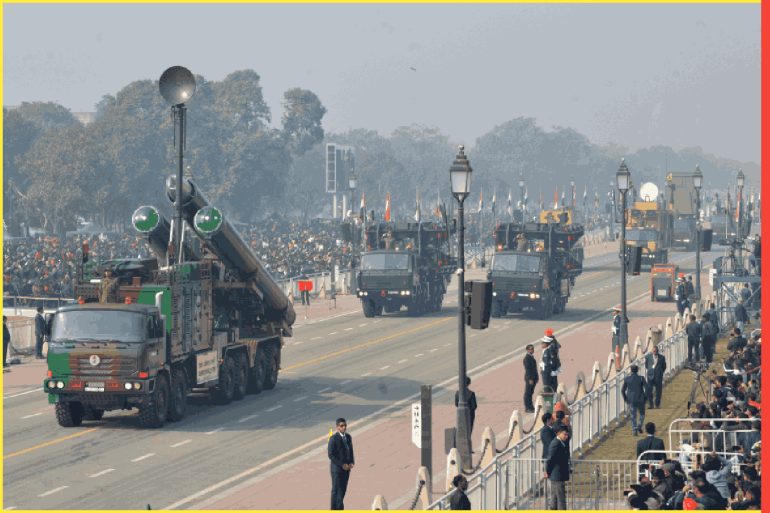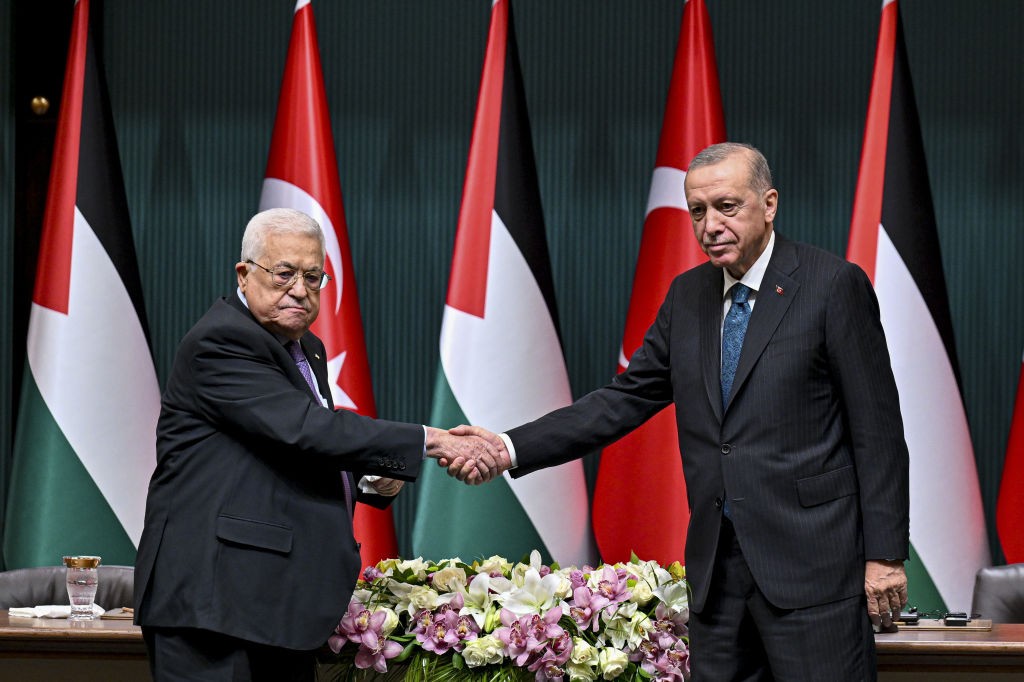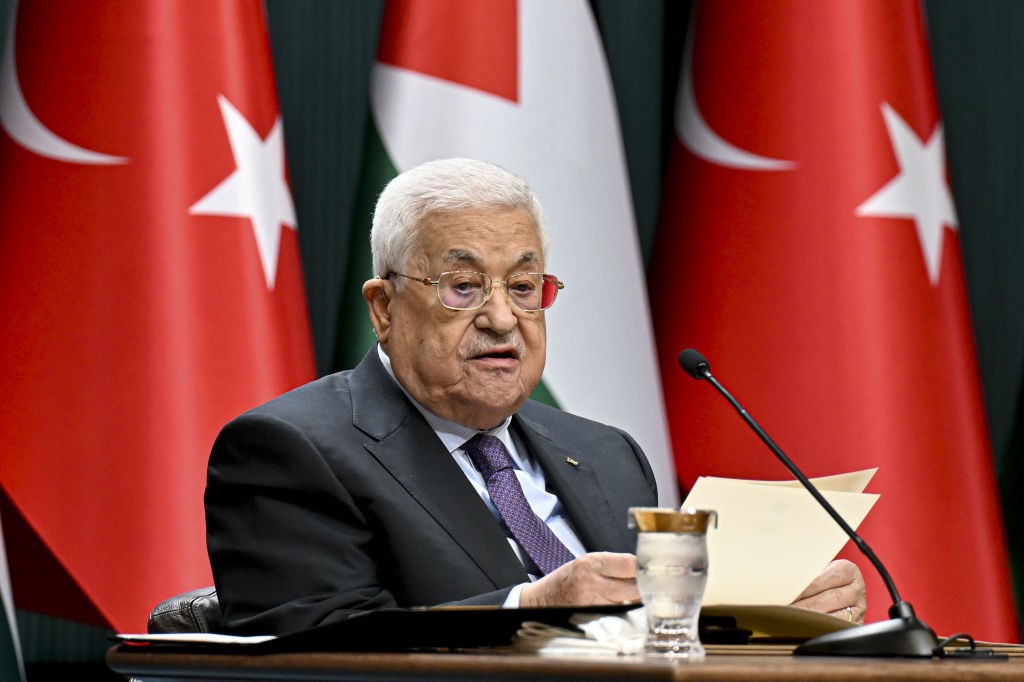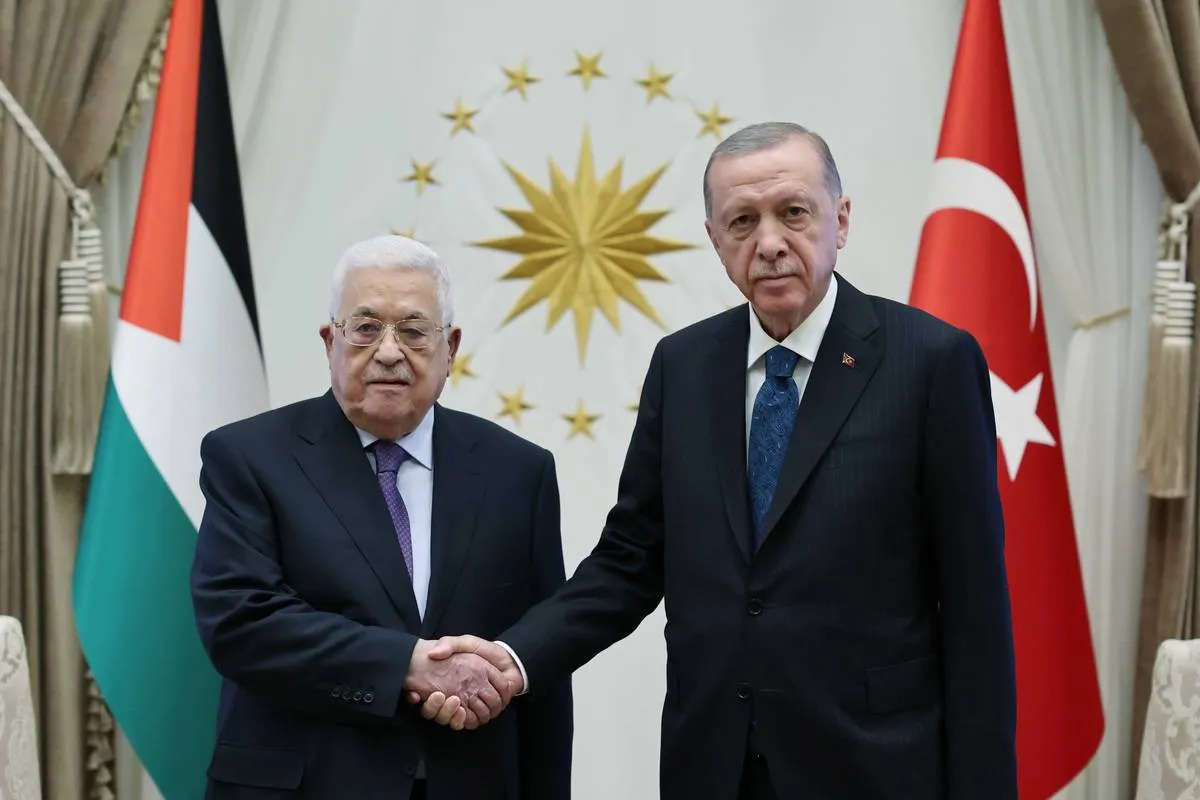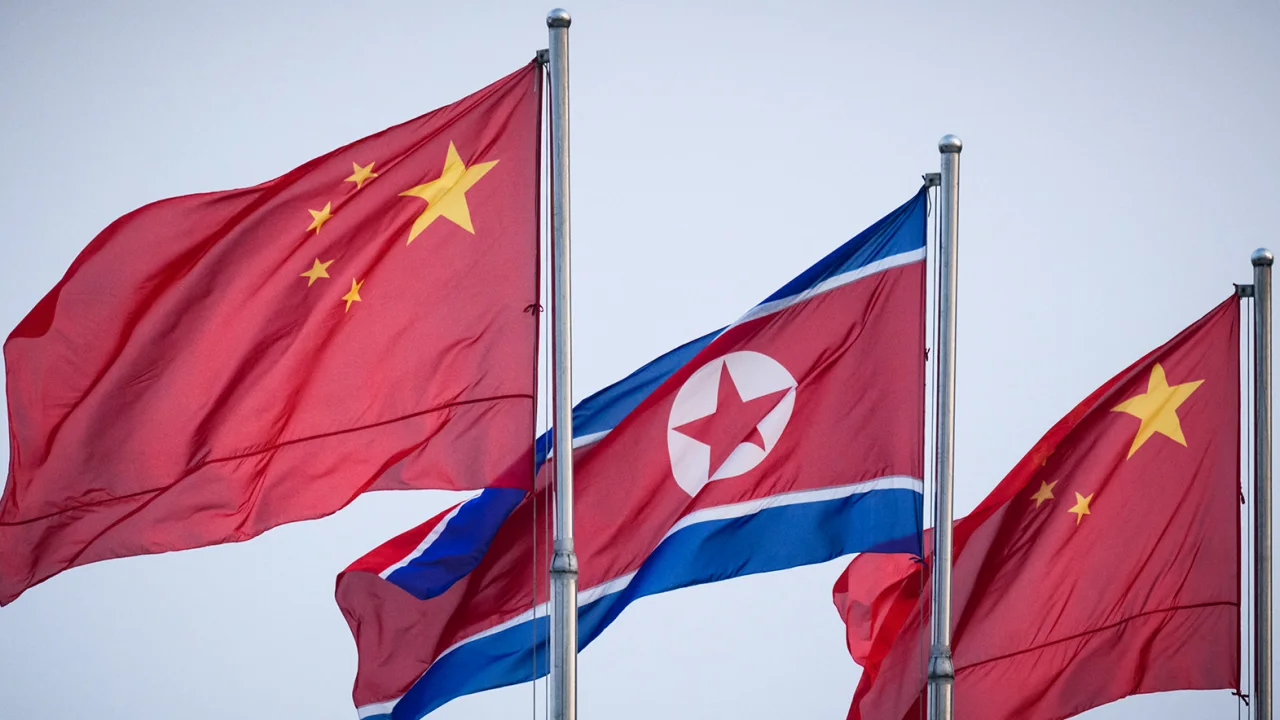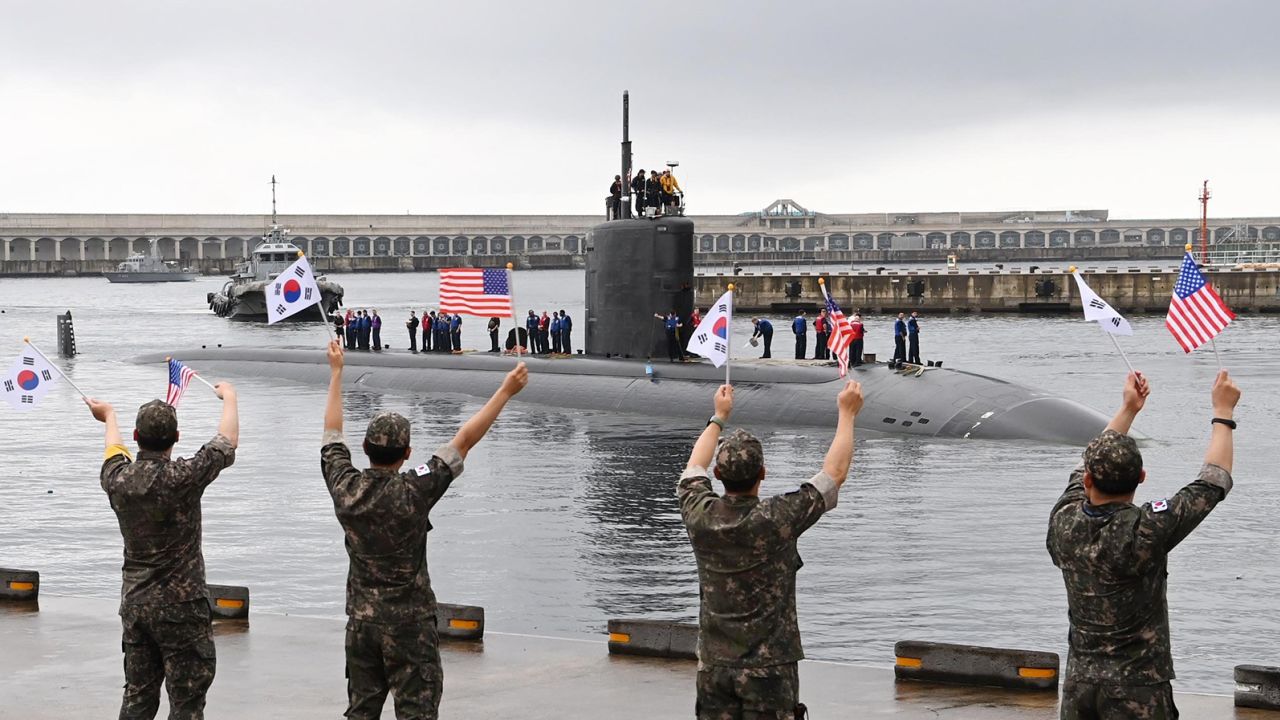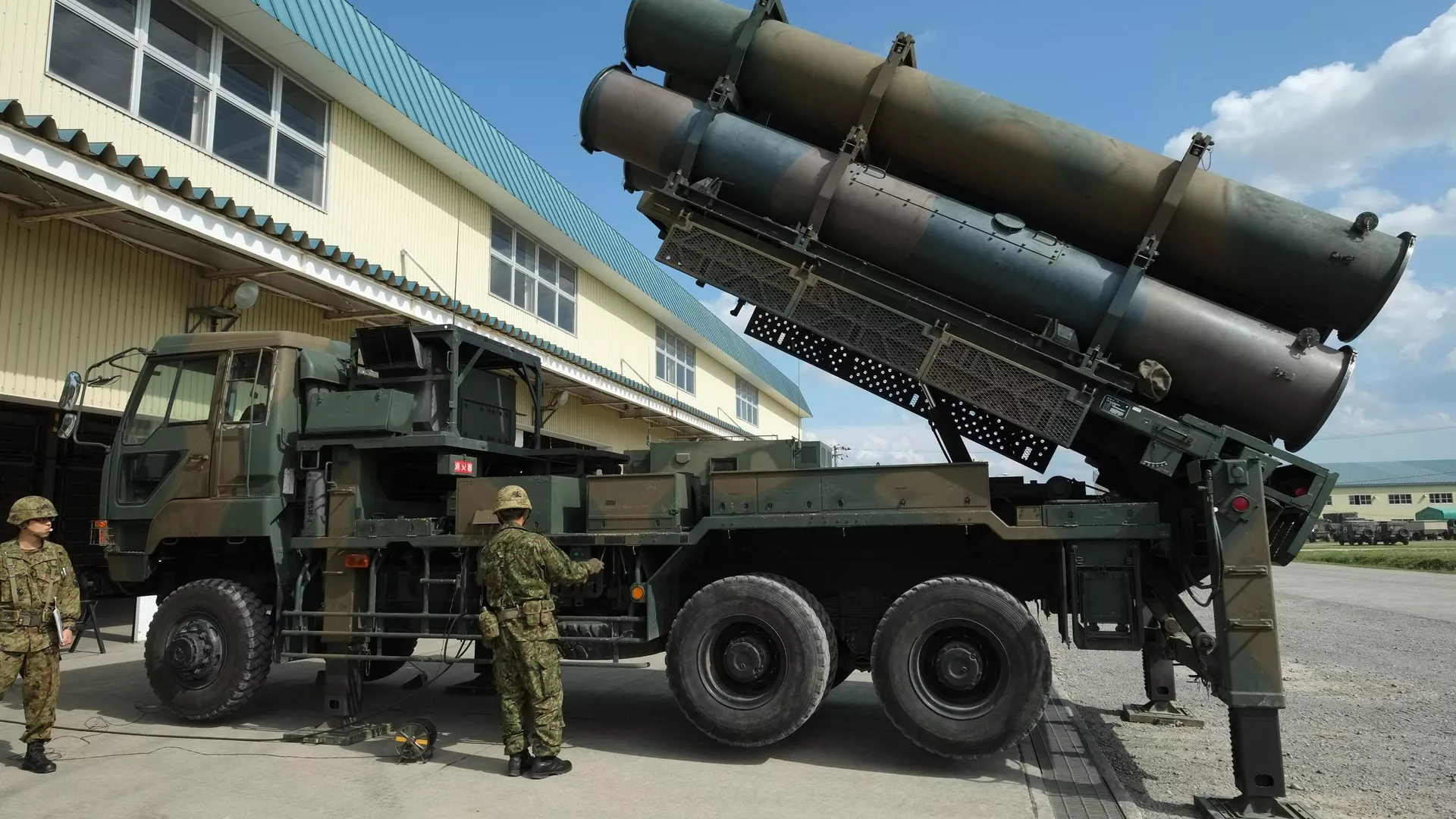
India As The World’s Third Largest Economy? Here’s How Long It Will Take
Pallavi Nahata
Prime Minister Narendra Modi has said that India will be one of the top three economies in the world in his third term. That’s a likely outcome.
The nation is the fifth largest economy after the U.S., China, Japan, and Germany. It is expected to overtake both Japan and Germany to clinch the third spot in 2027 (FY28), according to estimates by the International Monetary Fund.
India is already the third largest economy by purchasing power parity.
India will jump seven places upwards since 2014 when the country was ranked the tenth largest economy.
It’s likely to get the tag of the third largest economy in 2027 (FY28) based on actual GDP data as on March 2023, Soumya Kanti Ghosh, group chief economic adviser at the State Bank of India, said in a note on Thursday.
For this, India needs to grow at a CAGR of 8.4% till 2027 in dollar terms. That translates into 11.0-11.5% nominal GDP growth per annum in rupee terms, which is eminently achievable with a 6.5-7% growth rate, according to estimates by Ghosh.
To be sure, India’s GDP growth has averaged about 5.5% over the past decade. But it’s expected to accelerate.
Ghosh said India is likely to add $0.75 trillion every two years, implying that it is all set to touch $20 trillion by 2047, at least on current numbers.
India’s Journey To The World’s Third Largest Economy
India’s role on the global stage has shifted dramatically, IMF’s Deputy Managing Director Antoinette M Sayeh said earlier this year. In 1991, the country was one of the world’s largest recipients of aid; today, it’s a net donor. And it’s expected to contribute about 15% to global growth this year, she said.
Since 1991, when India embarked on its economic liberalisation, its real per capita income has more than tripled, helping lift an estimated 400 million people out of poverty in the last 15 years—the fastest poverty reduction rates seen in the world, said Sayeh.
Achilles Heel
India overtook China to become the world’s most populous country earlier this year. But per capita incomes still remain low at $2,388.6 per year, according to World Bank data for 2022. That compares with $2,688.3 for Bangladesh and $12,720.2 for China.
Inequality in consumption continues with a Gini index of around 35 over the past two decades, according to a note by the World Bank. Child malnutrition has remained high, while concerns persist over quality of jobs being created, the real growth in wages as well as around the low participation of women in the labour force.
Beyond 2028
A recent article by Goldman Sachs projects India to become the world’s second-largest economy by 2075. But how reliable are such forecasts?
Long-term trend-based GDP forecasting is an assessment of the average growth in countries, economic climate and the world economy. It uses a combination of model-based analyses and expert judgement.
Another way to forecast is when economists make assumptions regarding changes in the structure of the economy, said NR Bhanumurthy, vice chancellor of Dr B.R. Ambedkar School of Economics University. For instance, change in the share of investments or services. In either case, the probability of achieving that forecast is lower with the increase in duration, he said.
According to Radhika Pandey, associate professor at the National Institute of Public Finance and Policy, very long-term predictions should be taken with a pinch of salt.
She cited the example of recent years when the world economy has grappled with too much uncertainty—the pandemic, Russia’s invasion of Ukraine, unprecedented inflation in the developed economies, monetary tightening and the consequent growth slowdown. Such factors, Pandey said, could continue.
Still, long-term forecasting does help provide a general sense of direction, she said, and while such numbers might not be trustworthy, they provide insights into how to boost growth or productivity.
Perhaps, that’s the reason why the government targets India to be an advanced economy by 2047.
While the IMF classifies high income and advanced economies as those with per capita nominal GDP exceeding $21,664, World Bank’s threshold is $30,351.
The Reserve Bank of India said in a paper that gross domestic product needs to grow by 7.6% from 2023–24 to 2047–48 to meet IMF’s criterion. But to become a high income economy by World Bank’s standard, India’s GDP needs to grow 9% during the period.
Back to the original question: Will India become the world’s third largest economy in five years, as the Prime Minister predicted? Most likely. Will it be an advanced economy by 2047? That’s a tall order.
(Source: bqprime India)

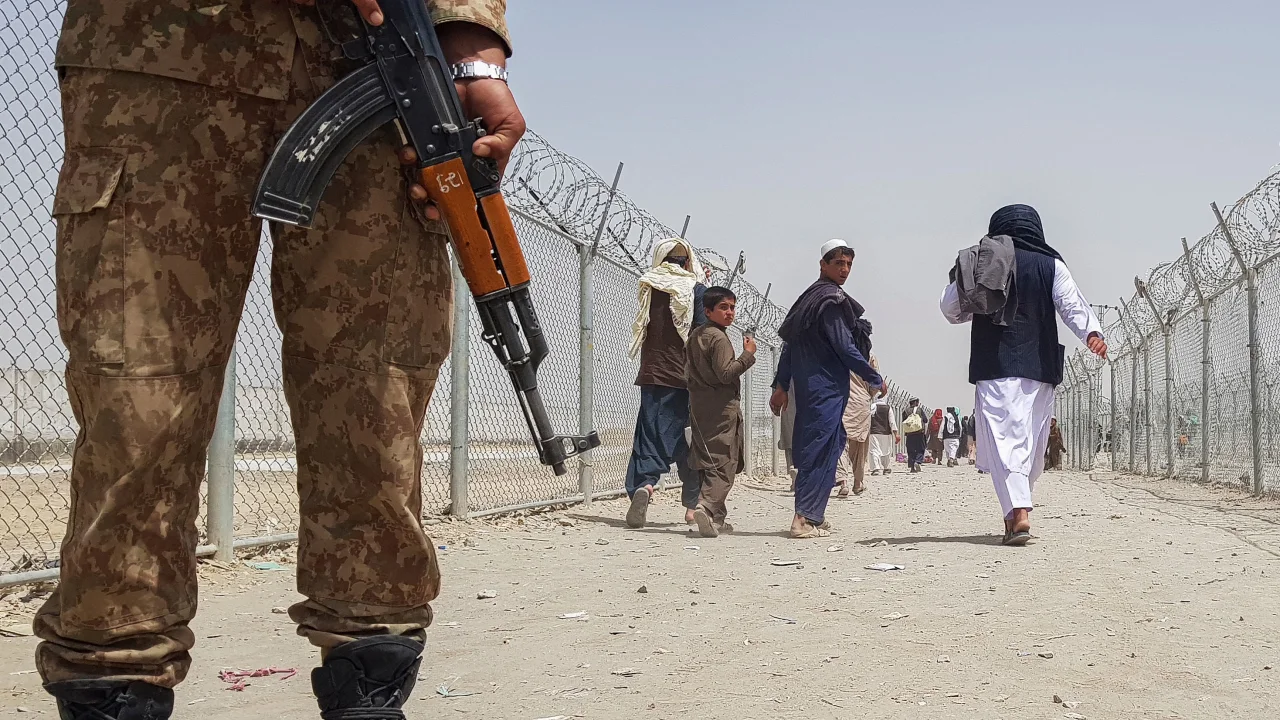
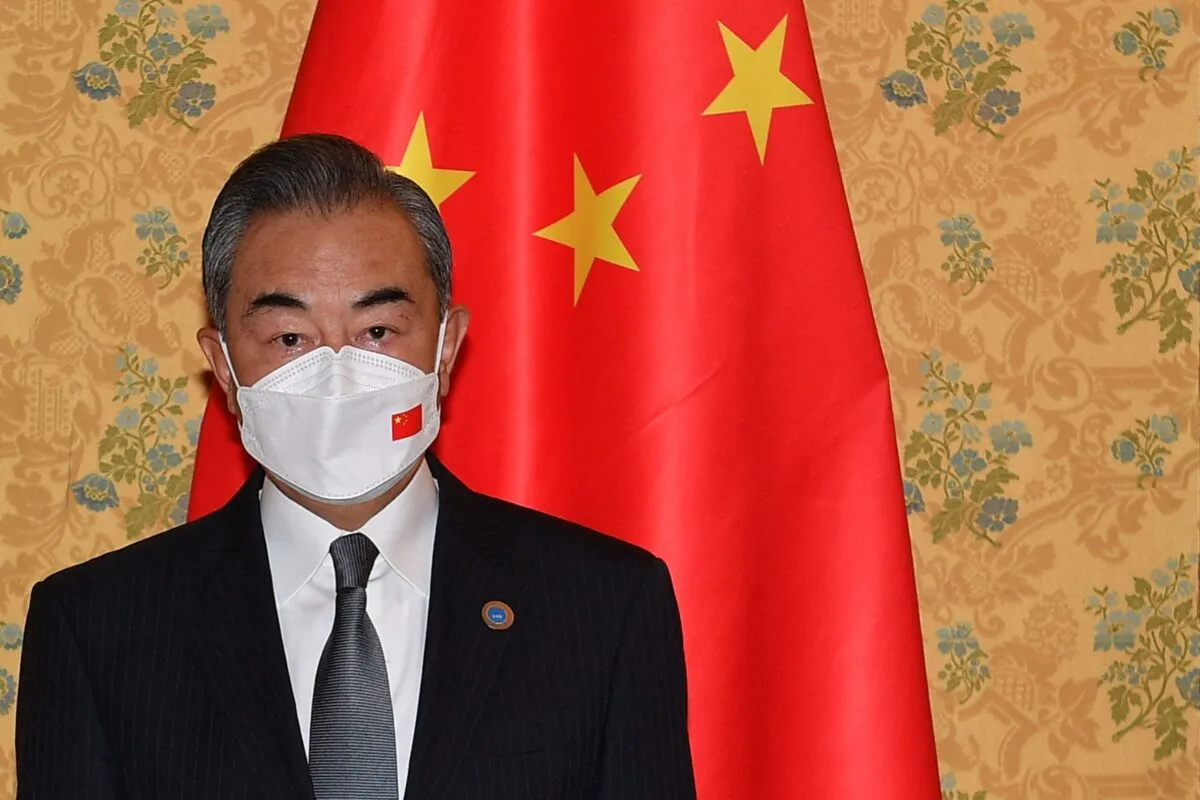




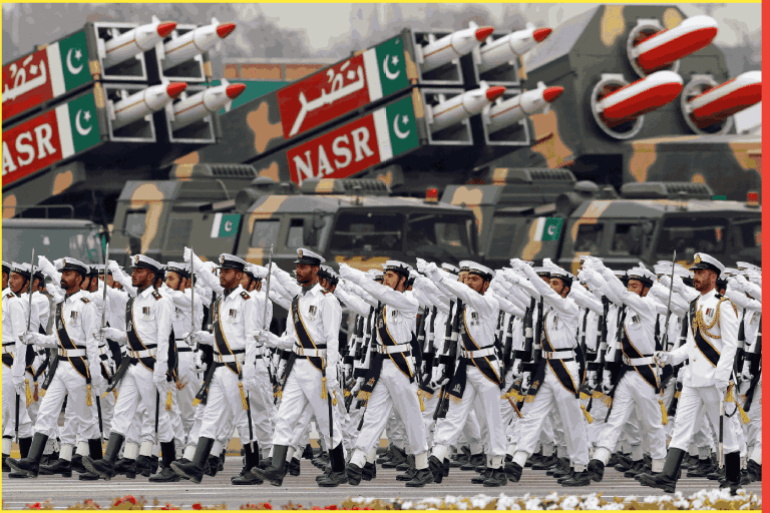
![An Indian soldier salutes while standing in a vehicle during the Republic Day parade in New Delhi The 90-minute parade ended with a flypast featuring 75 air force fighters, including Rafale jets, transport planes and helicopters. [Adnan Abidi/Reuters]](https://www.aljazeera.net/wp-content/uploads/2023/07/25465-1690444718.png?w=770&resize=770%2C513&quality=80)

